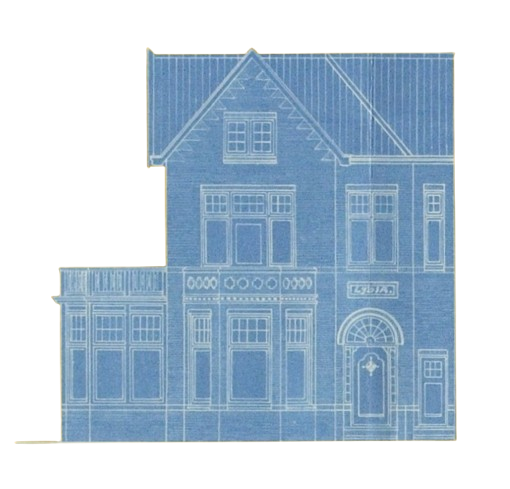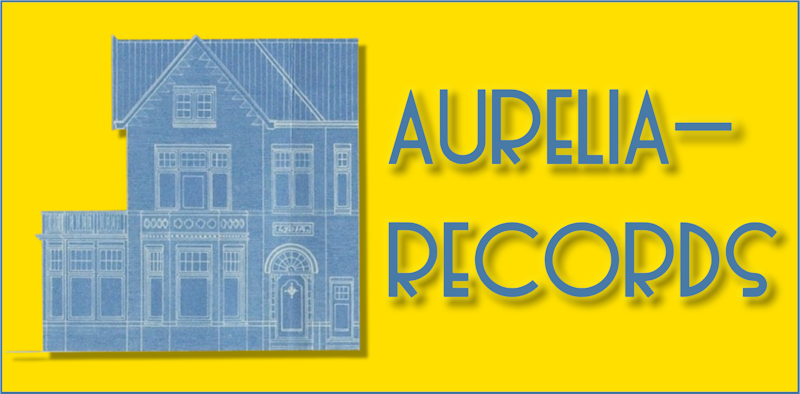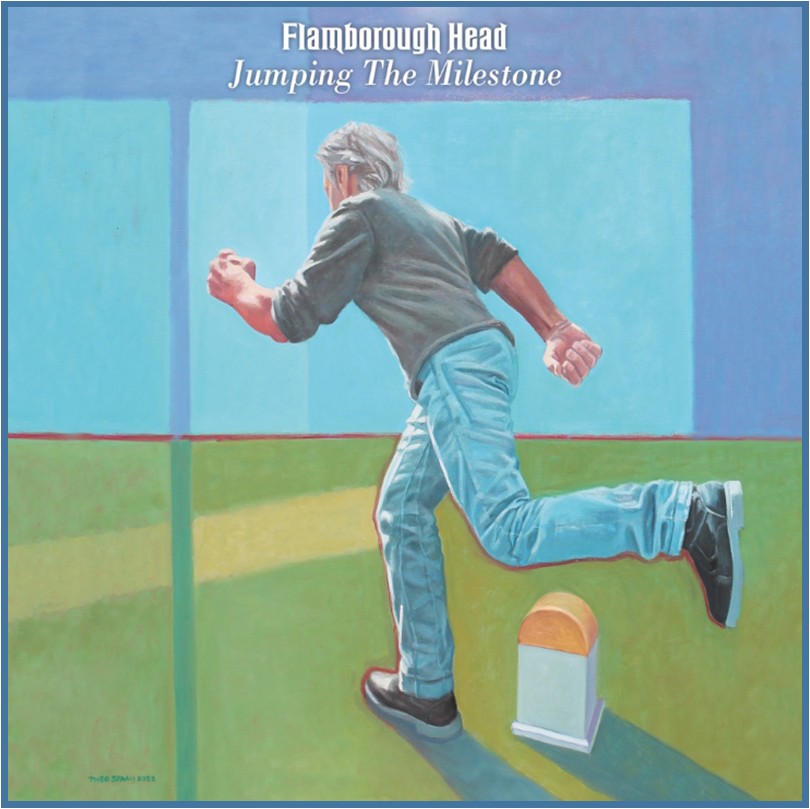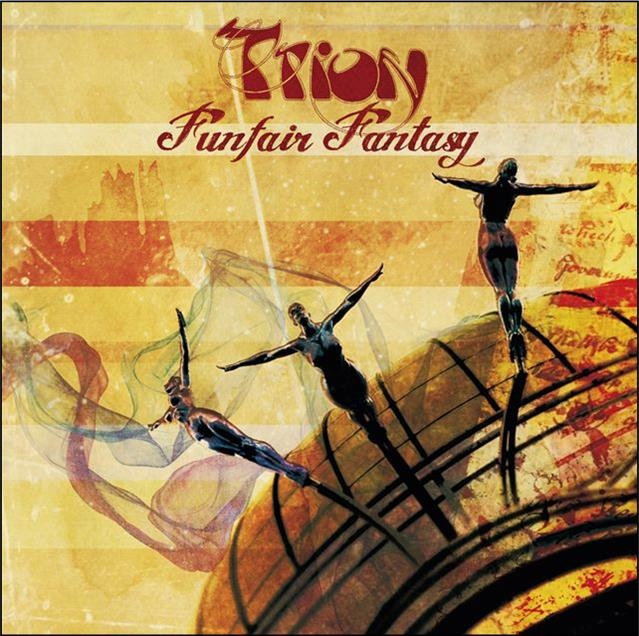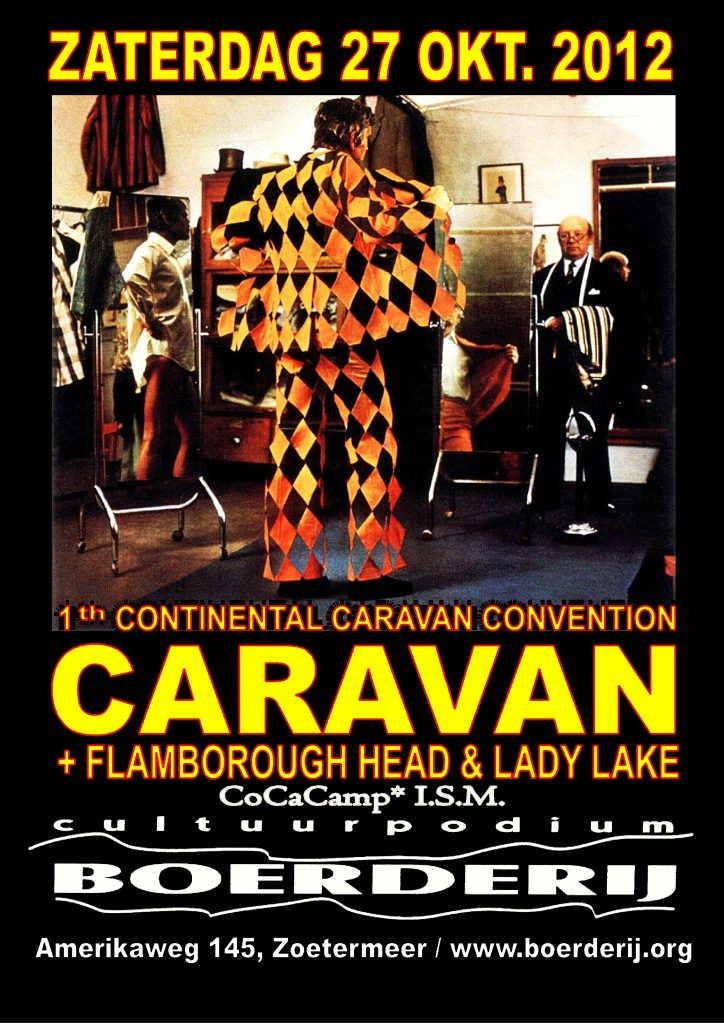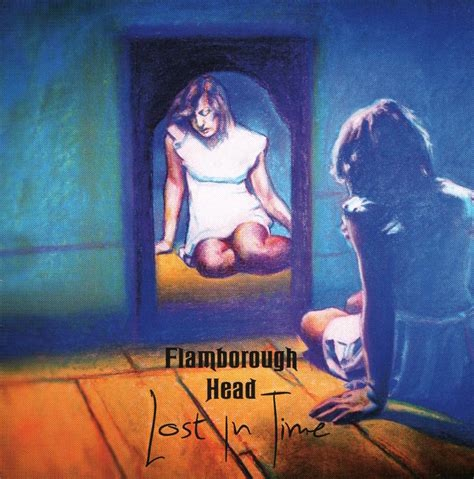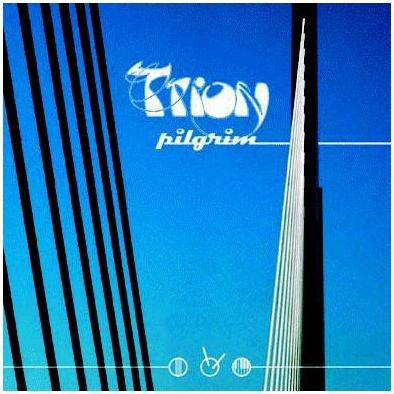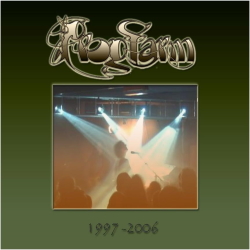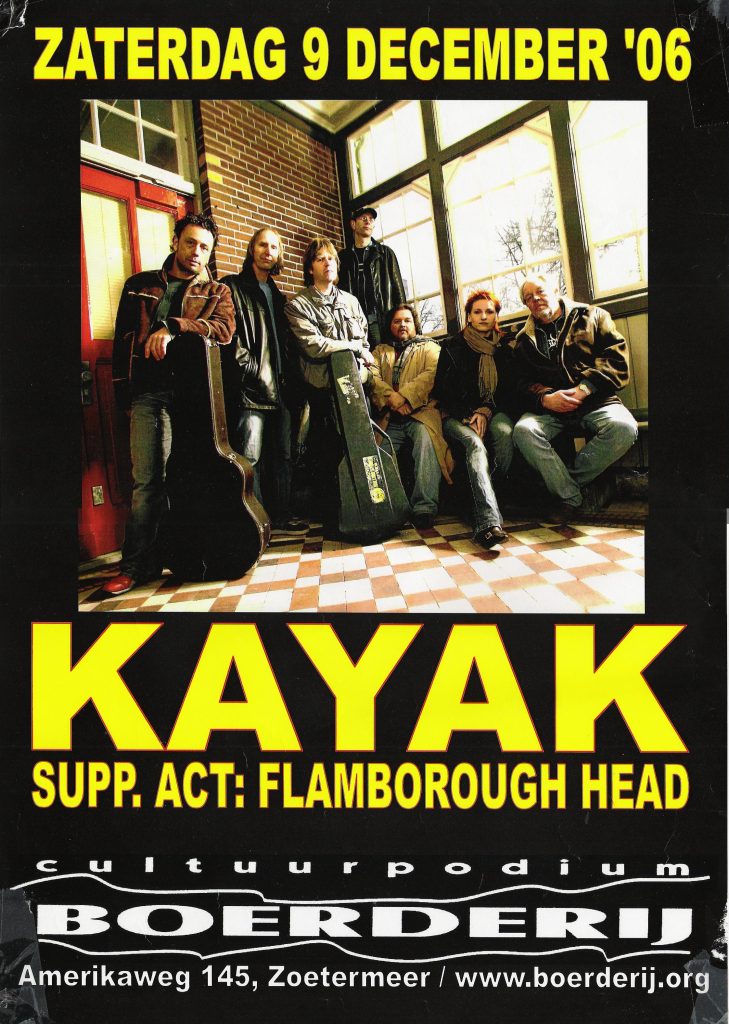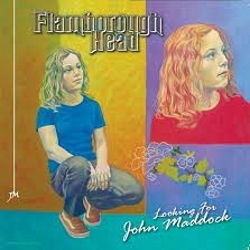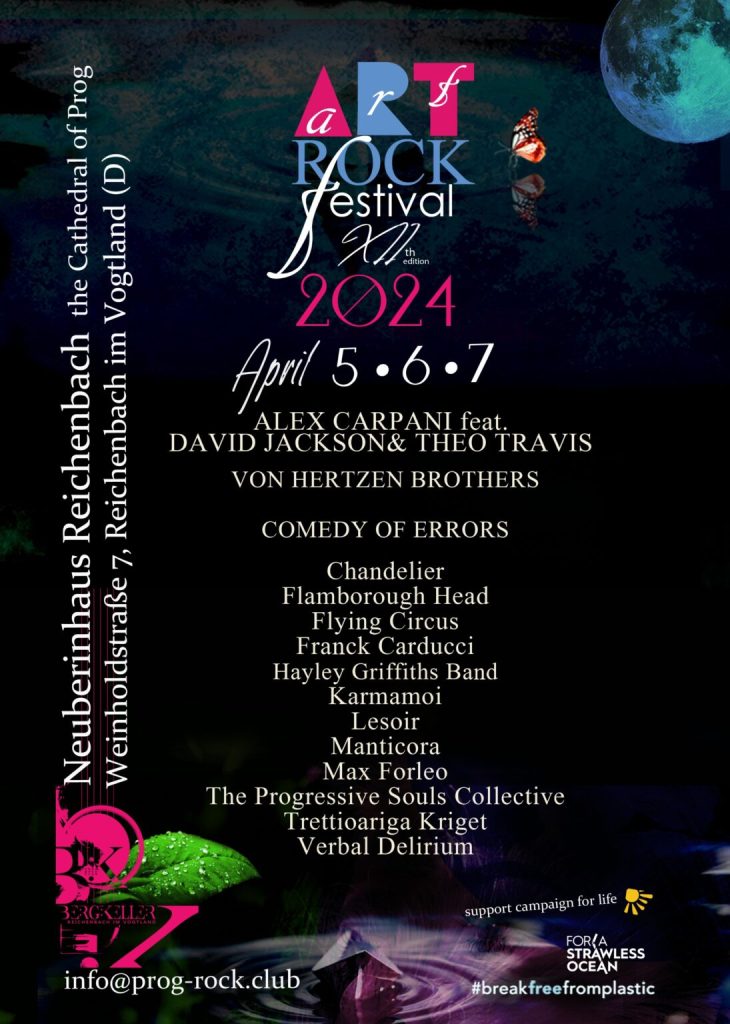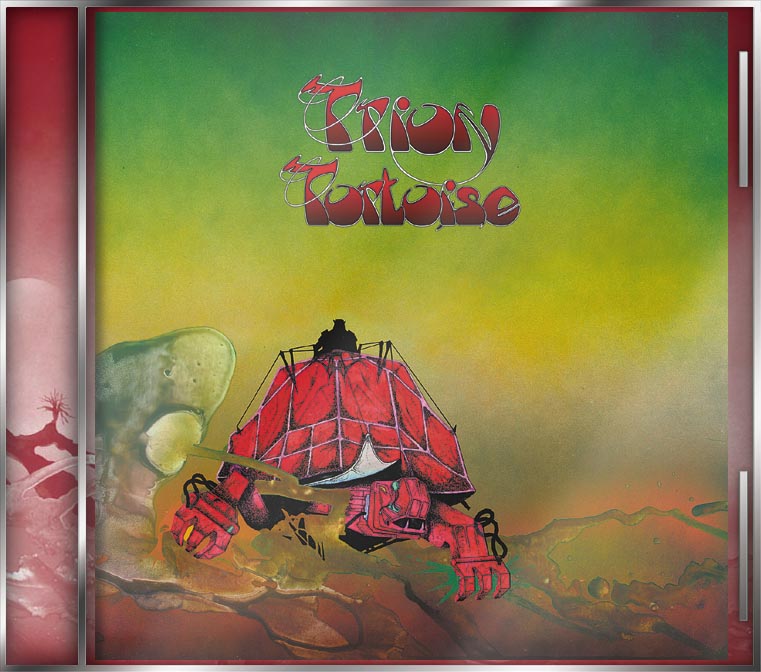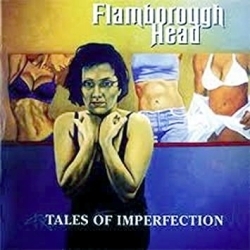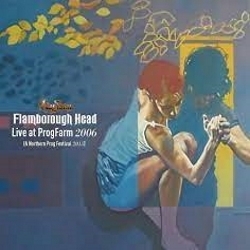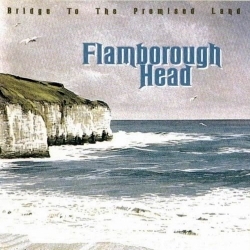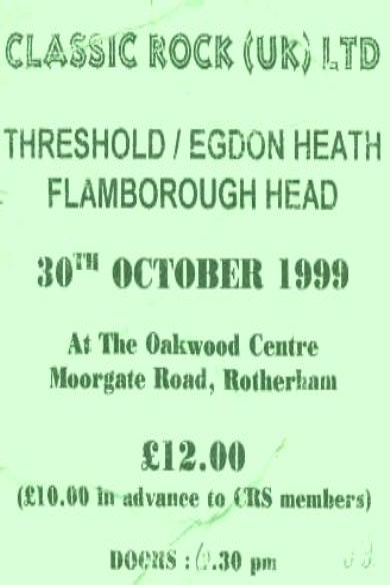

Studio Aurelia started with two cassette recorders with which recordings were ‘ping-ponged to a kind of multitrack recording. It was the 80s. Recording equipment was unaffordably expensive and so you tried to make the best possible recording with cheap means. The end result was full of noise but you learned a lot from it, precisely because of the limitations.
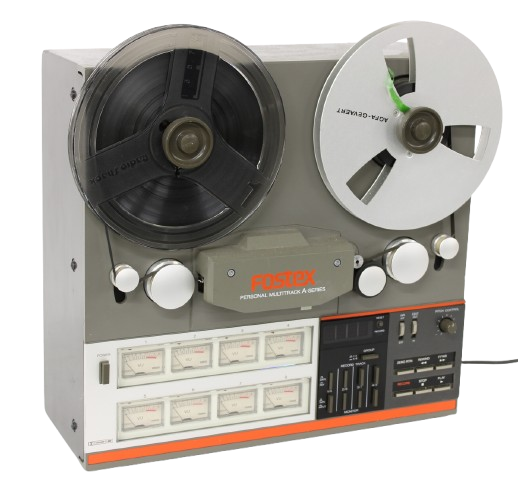
In the early nineties Koen Roozen and Edo Spanninga founded Flamborough Head and to record the first demo we decided to buy our own equipment. A second-hand eight-track Fostex A8recorder formed the basis of our studio that we had housed in Koen’s camping farm in Bakkeveen. Flamborough Head recorded the demo Bridge To The Promised Land here in 1994. First released on cassette and later re-released in 2002 on Malcolm Parker’s Cyclops label (and again in 2016 on OSKAR) as a CD. In addition to Flamborough Head, other recordings were also made here; among others from the cover band SixPack (Koen’s other band), the Frisian folk group Smout and the duo Boomsma & Degenaar that played Irish folk covers mainly from Mary Black.
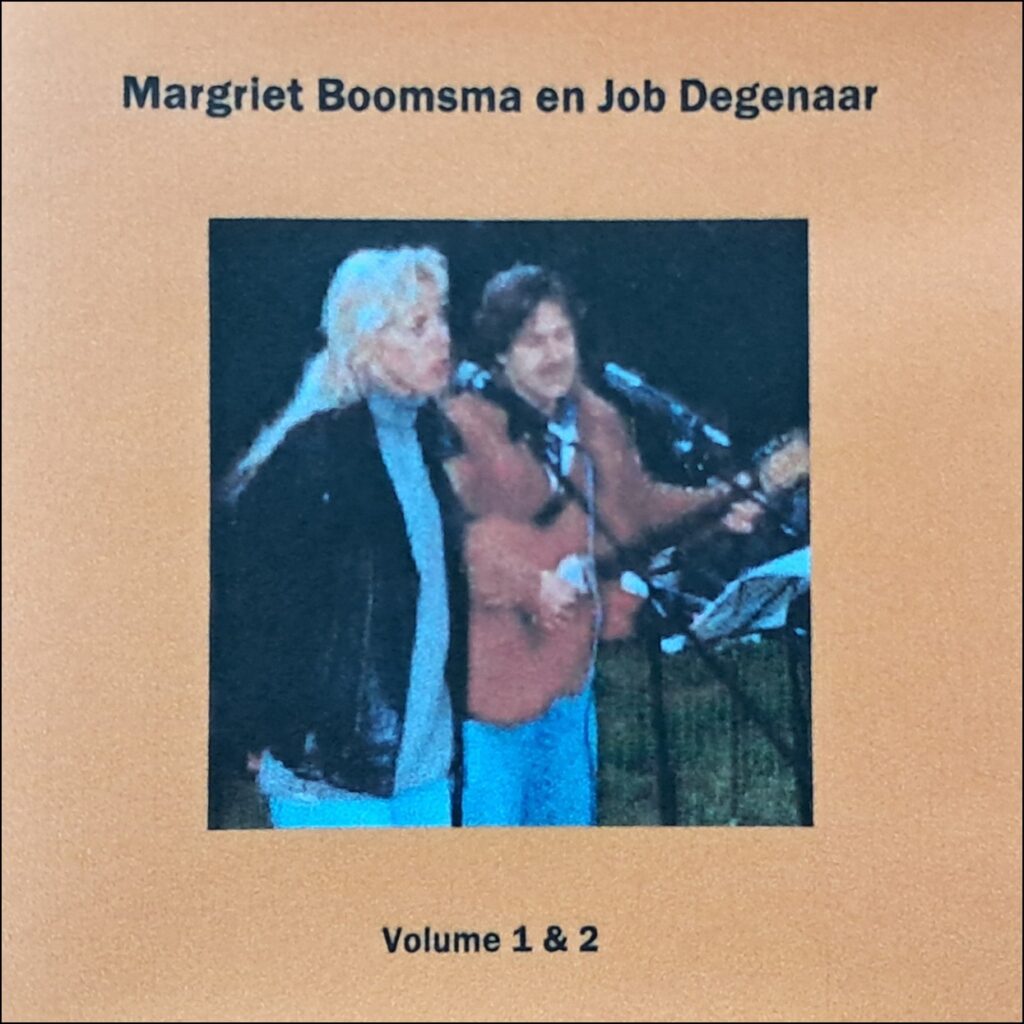
After Flamborough Head had signed a record deal with Cyclops, the first two studio albums were recorded in Studio Giekerk. The level of ‘home studio’ Aurelia was not sufficient to do it ourselves. This gradually changed when increasingly better, more affordable digital recording equipment came onto the market.
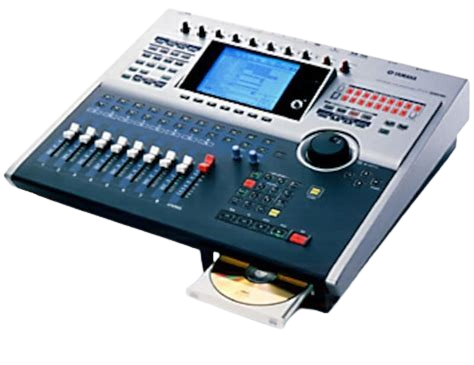
When Yamaha released the audio workstation AW2816 in 2002, Flamborough Head immediately bought one so that they could record their own CDs in peace and quiet from then on. In order to get to know the device well, it seemed like a good idea to first record a kind of side project. This became Tortoise, the first CD by Trion. The Flamborough Head CD’s One For The Crow (2002), Tales Of Imperfection (2005) and Looking For John Maddock (2009) were recorded using the AW2816. Because Trion’s first CD was received enthusiastically, we decided to continue with this studio project. Trion’s contribution to The Spaghetti Epic (Six Modern Prog Bands For Six Seventies Prog Suites) (2004) was also recorded with the Yamaha, as was the third studio CD Pilgrim (2007).
In the meantime, the technology had been further developed. We made the switch from our old trusted workstation to the computer with Cubase. First a desktop, but later every laptop became a studio and Studio Aurelia became mobile! In 2013, Trion’s third CD Funfair Fantasy and Flamborough Head’s Lost In Time (in combination with the home studio of then Flamborough Head guitarist Gert Polkerman) were recorded with Cubase.
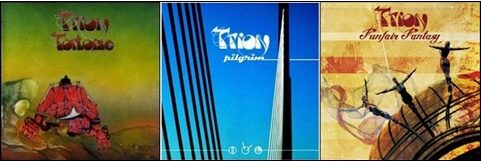

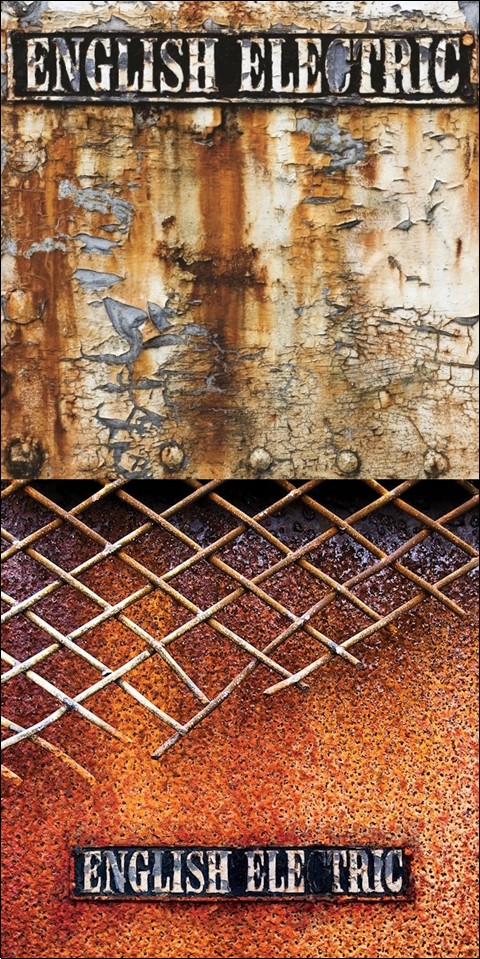
Smaller projects followed. Jan Jaap Langereis asked Edo Spanninga if he wanted to record his recorder parts for the song Summoned By Bells on Big Big Train’s CD English Electric Part One (2012) and The Permanent Way on English Electric Part Two (2013).

Eddie Mulder bought a new acoustic guitar and was inspired to start a series of solo CDs. The first five of these were recorded by Studio Aurelia.

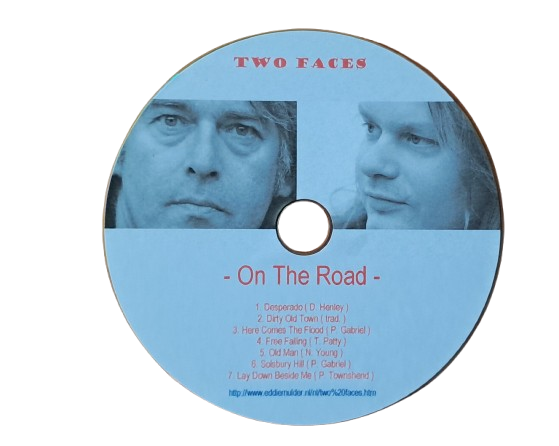
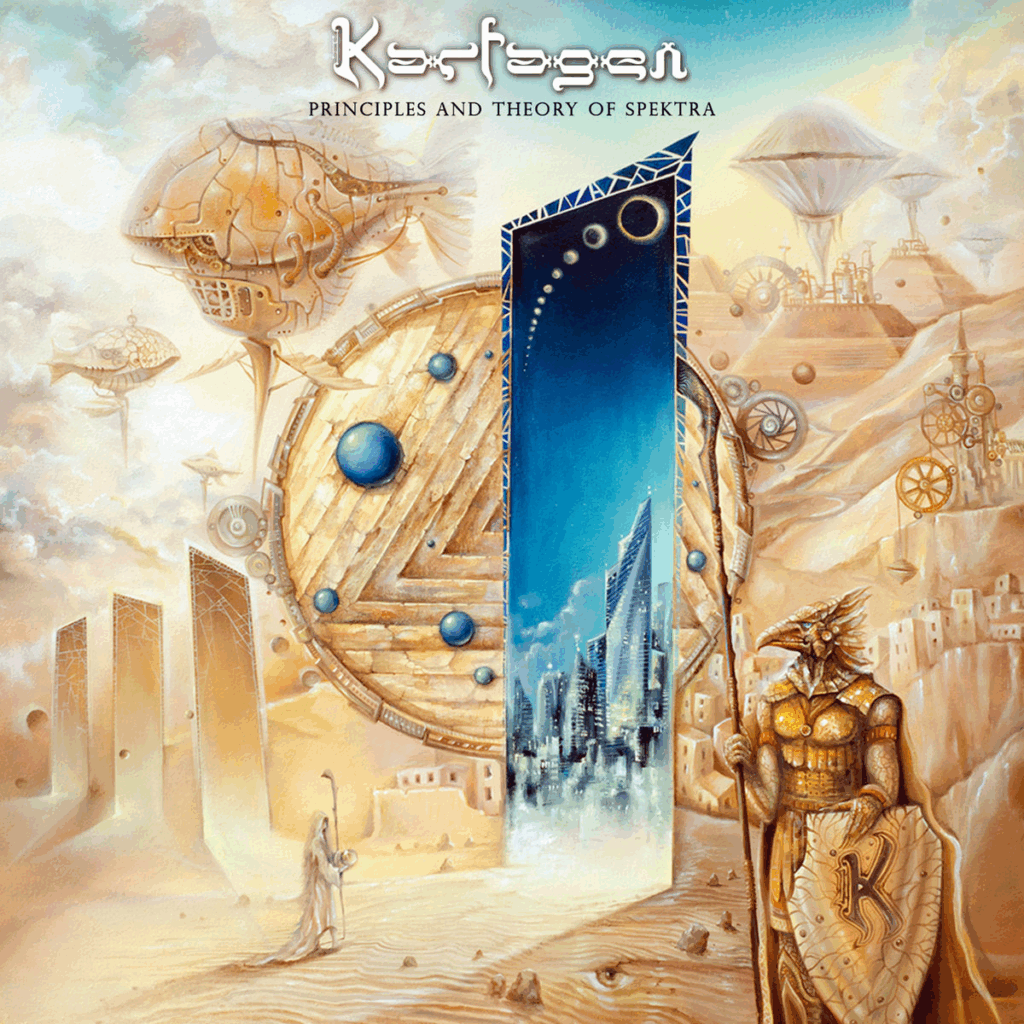
In 2019 Antony Kalugin invited Eddie Mulder to play on his Karfagen – Principles and theory of spectra (2020). His guitar parts for Track 3 Phantasmagoria were recorded at Studio Aurelia.


Jumping The Milestone (2023), the latest CD by Flamborough Head, was largely recorded at Studio Aurelia. Guitar parts were recorded by guitarist Hans Spitzen in his own studio The Villa Productions.
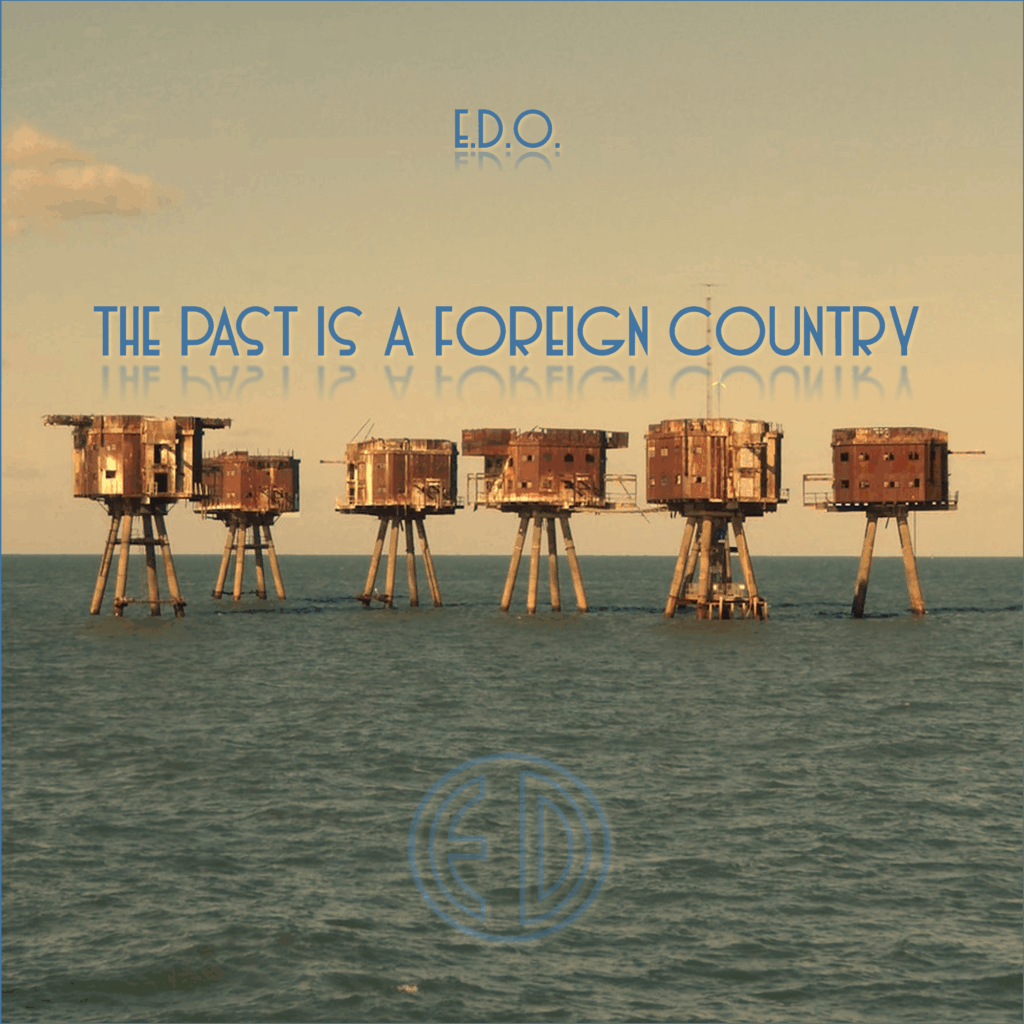
Two CD’s will be released in the fall of 2025; the new Trion called Terra Tiempo and E.D.O.’s solo CD The Past Is A Foreign Country.

